
Introduction of Transgender Narratives in 5E D&D
I’ve been discussing the inclusion of trans narratives in 5E D&D games via NPCs with people for a while now, and there are a few points that come up very frequently in discussions with Dungeon Masters. Many of them are very willing to include trans people but are not sure how to go about doing it — How do you include trans identities into lore and worldbuilding? I’d like to discuss some of the most common questions and thought processes DMs have that may be preventing them from tackling trans narratives, as well as providing some solutions as a starting point. This is a topic that has a lot of elements to it, so I won’t be able to cover everything in just one article, even if I tried, so please don’t expect this to be comprehensive and complete. It’s only intended to be a start.

This awesome fan art of Kikka’s character Dierne from her guest appearance on Dice, Camera, Action as part of Strix’s Chicken Foot Coven was created and shared on Twitter by @miztliyoal
Trans people don’t need a magical fix
Many people have mentioned they can’t get their head around portraying trans individuals in a world where polymorph exists. There are a number of reasons why this is a non-factor in thinking about trans people within your game. From a purely mechanical standpoint, polymorph is a 4th-level spell that lasts just one hour. To even get access to the polymorph spell, a character needs to be a caster of 7th level or higher to even cast it once. There is not a mechanical basis which allows for polymorph to be an answer for anything long-term in 5E D&D.
In addition, even if there were some readily available magical body-changing solution, this line of thinking ignores a lot of the experience of being trans, and how not every trans person’s experience is universally expressed via physical transition. Trans people don’t just stop existing the moment they transition. They still have their lives and experiences pre-transition, and often still have different perspectives post-transition. Being trans is complicated and has a lot of depth and variability to it, and the fixation on things with polymorph sends the message that being trans is something to be “fixed.”
This is made more insulting and frustrating because, even if trans people IRL may desperately want something like polymorph to exist in a way that would give long-term relief to dysphoria and the ability to more easily express their true self, that doesn’t mean it should be used in that manner narratively, because doing so can lend DMs to do so in a way that erases trans experiences and limits expression. Players may want to be able to express a large variety of their trans experiences through gameplay, and having many aspects of trans existence being reflected in games is very important.
“Well what can be done, then?”
You are probably asking that at this point, which is honestly a great question — a question that should have been asked before assuming polymorph was the solution to trans representation in tabletop gaming. Thankfully, once you get past the polymorph, there are lots of options! You can introduce deals with warlock patrons, helpful alchemists or herbalist witches, gods who bless faithful with new forms in reward of service, etc. The possibilities are quite endless. However, typically the first step in the road to fitting trans narratives into your world is to stop thinking of, “How can I have a trans person in my story” and instead think, “How would trans PEOPLE live in my setting?”
There’s more than one trans person in the world, more than one trans experience that can be told and expressed, and seriously, we are extremely varied. This may seem overwhelming at first glance, but thinking of this allows for introducing organizations, institutions, and communities within your games and settings, through which trans people in the world can express themselves safely and genuinely. Doing this also allows for avenues through which players can do the same, and feel like they have a few more places which they can belong to within worlds if they want them.
The Pathfinder Iconic shaman, Shardra Geltl. [Illustration by Wayne Reynolds]
In less accepting settings, there could be individuals who are avid and active trans rights activists, and there are many options for organizations promoting trans equality, providing services to help trans people via social, financial, or medical support. Once you start thinking of trans people as existing beyond just one or two individuals, especially in more urban settings, it is easier to think of ways that trans people are either integrated into society or have made spaces for themselves within the society.
That being in mind, please remember to try your best to have trans men, trans women, non-binary people, and genderfluid people in your games whenever possible. Not in a “checking off a list” kind of manner, but thinking of a wide range of different NPCs and having them sprinkled throughout where appropriate will be very helpful.
You may be wondering where it would be appropriate to introduce trans people into your games, especially when it comes to shorter campaigns or games where NPCs don’t have to the time to get very fleshed out. There are a plethora of ways to accomplish this!
One option is having a public figure who has started transitioning later in life. With an already established public presence, their transition would be public knowledge, and something people would mention in conversation even in communities that are accepting of trans people in general. You could even include transgender people in the lore of the world, adding to the history, incorporating deities or powerful entities into the pantheons, or having them be present in folktales and stories — should you be the kind of DM who goes absolutely nuts for worldbuilding, like I am.
These are just a few suggestions, and given that, they are just a few of the many ways you can use to express any number of the many various trans experiences and viewpoints that exist. As such, this should be taken as merely a guide or starting point to help you develop your own worlds. Once you get to thinking about trans people as diverse as we are in real life, it becomes clear there are many ways in which we can be represented and integrated into your worlds. Thinking of trans people as a part of the population and not just one or two individuals can bring not just representation, but more vibrancy and depth to your world.
Like this?
Did you enjoy this post? Nerdarchy’s awesome volunteer staff of writers and editors do their best to create engaging, useful and fun content to share. If you like what you find here on our site, consider patronizing us in a good way through Patreon.
On top of reaching our goal of paying our writers, pledging gets you exclusive monthly content for your D&D game, opportunities to game with Nerdarchy, access to patron-only channels on our Discord and more.
With your generous support we’ll continue to create quality content between our YouTube channel and blog, invest in equipment to increase recording quality, and keep creating original publications and products to enhance your tabletop roleplaying and gaming experience.
Thank you for your consideration and as always, until next time stay nerdy!
[amazon_link asins=’0786966262,0786966254,0786966599′ template=’ProductCarousel’ store=’nerdarchy-20′ marketplace=’US’ link_id=’745844b3-db48-11e8-86bd-1d13f386b491′]




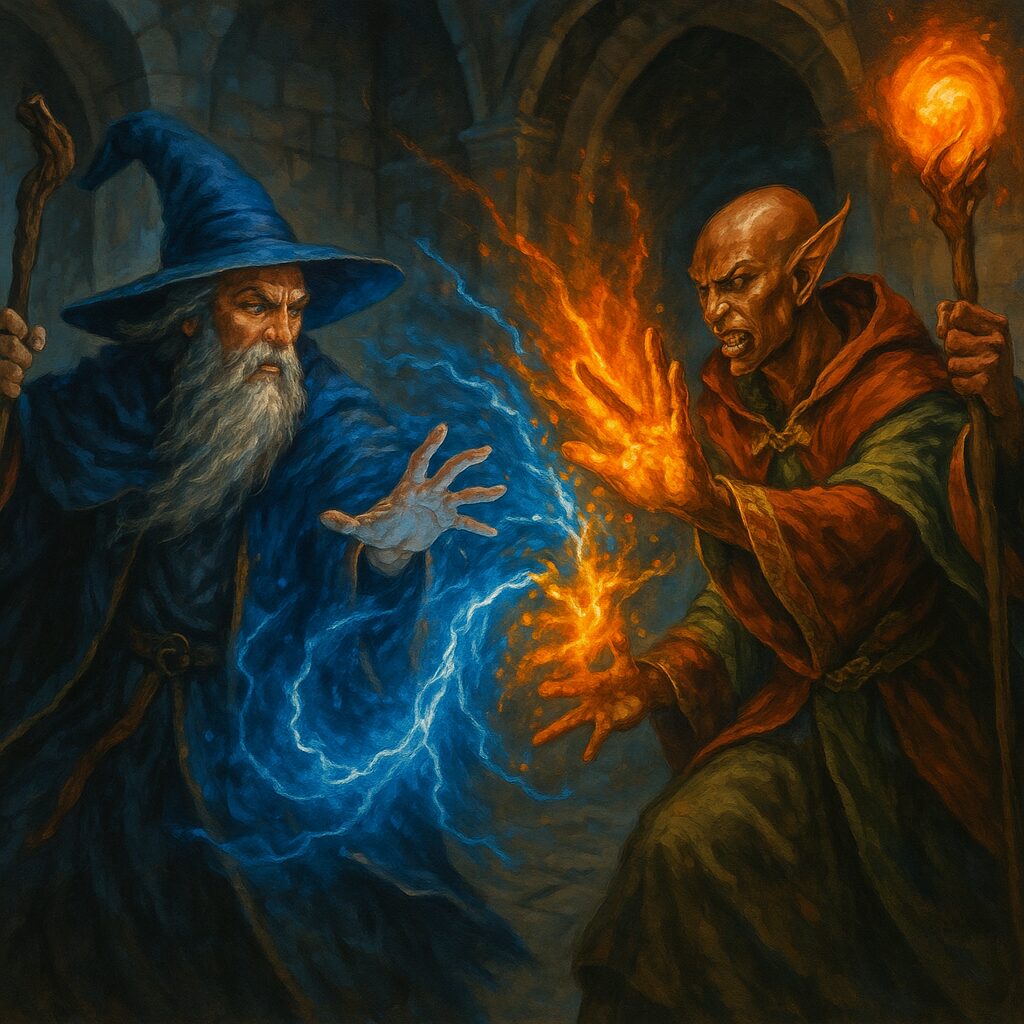
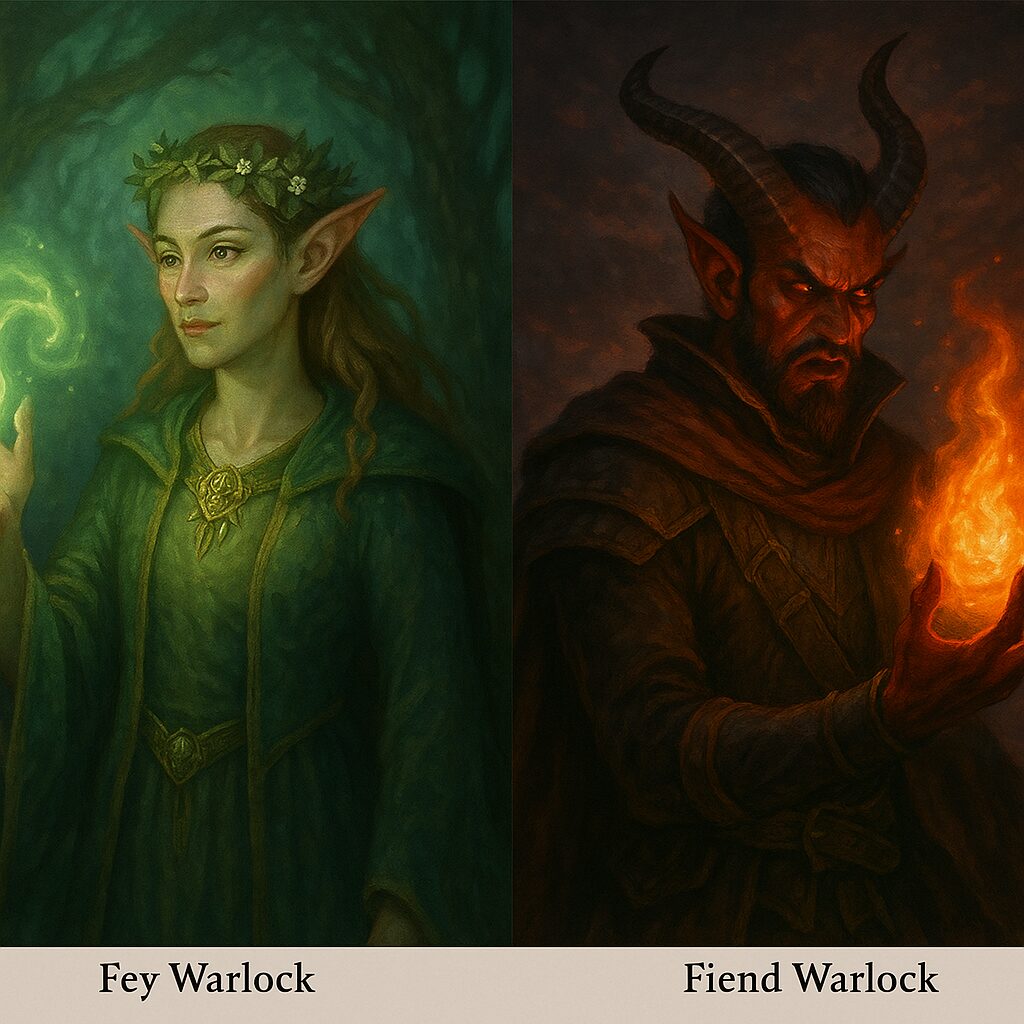
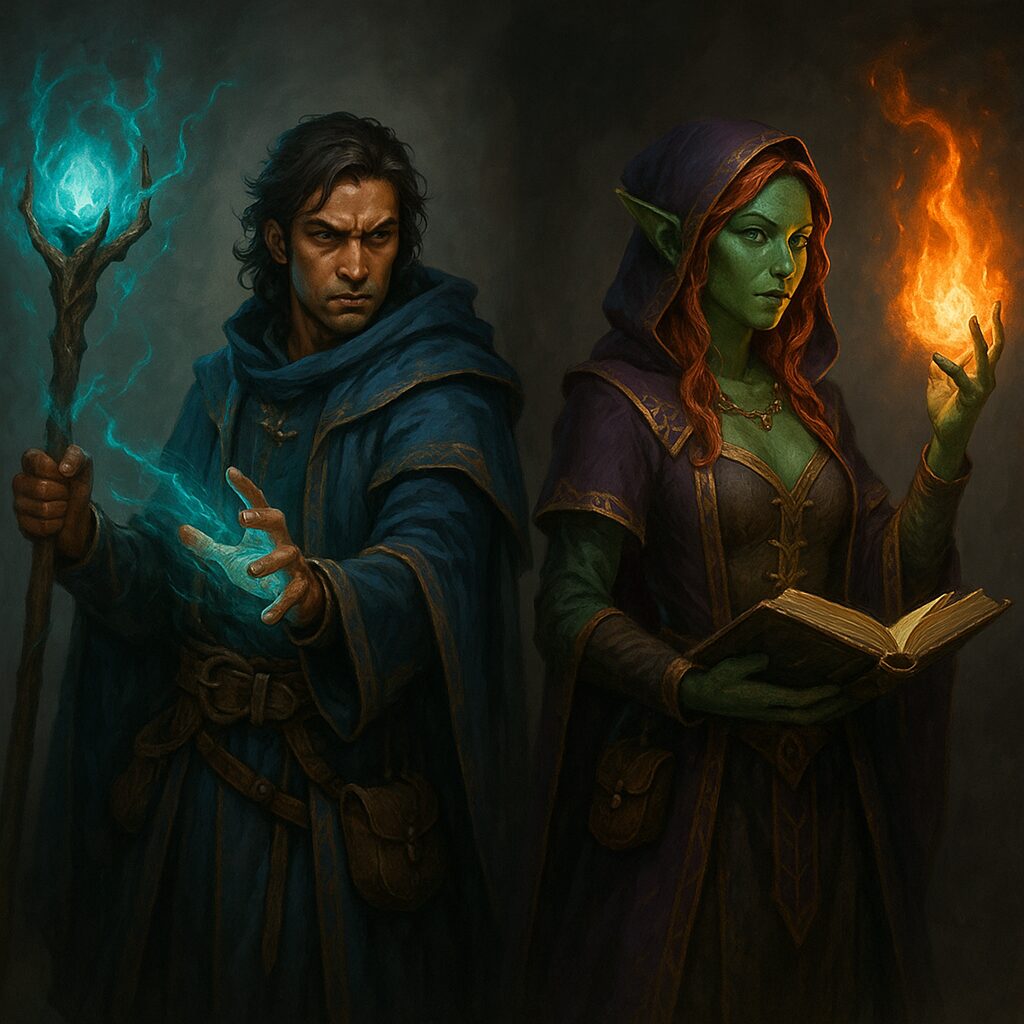
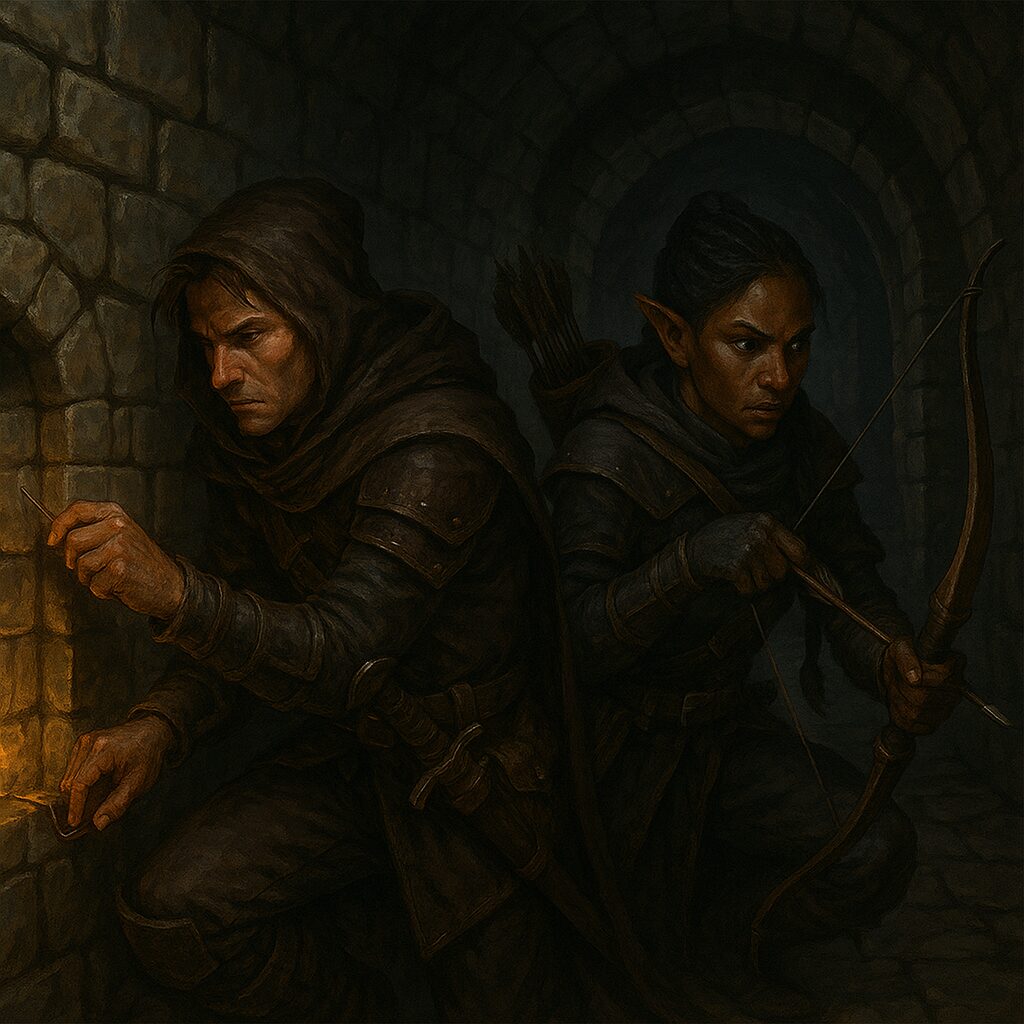
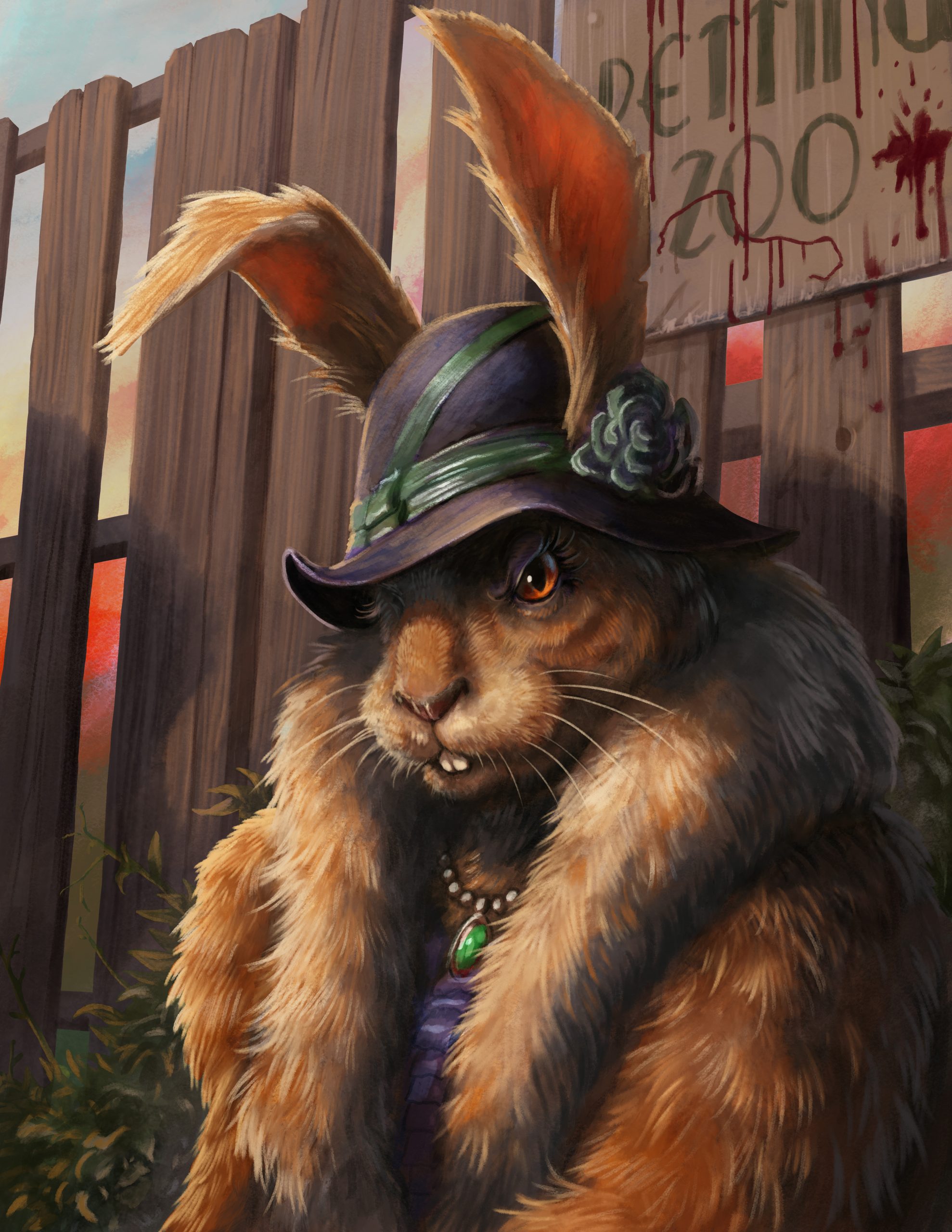
Nefthalie Ramos
October 30, 2018 at 10:36 pmman, I had to come all the way down to the bottom to see the reply button -.-
I enjoy this article in small part and, understand that its meant to be a birthing of inspiration. A jump off for diversifying a game world.
Im just not a far of its focus. I think if someone asks themselves “how can I have more trans-narratives in my game” they kind of missed the point. Like, it doesn’t put them in the correct mindset to ask the right questions.
We as GM’s will run what we know, because… its what we know. If one is trying to expand the fiction of their world, I think the question should be;
“how can I make my world feel more alive?”
because the focus on a character of NPC would be more inherently focused on that NPC’s life and experiences more than focused around their gender identity.
And I think you touched on that here, focusing on the NPC’s experience.. Because lets face it, gender identity is only a small portion of what makes someone who they are. Same in the way that Race (as far as race IRL) is only a small portion of what makes any individual.
I’ve had homosexual and trans people in my games before it became a topic for discussion (yes I know Im old), many times, if the players didn’t bother to get to know those NPC’s on a deeper, non-surface level, they never really realized or questioned that small aspect of the NPC.
I’ve also had racists, sociopaths and many, many others as well. The hardest NPC for me to play was a minor villain, who was a pedo. It turned my stomach to play, but it added a dimension to him that I think it made him interesting and painfully easy to hate, but his status as a noble made it difficult to carry on with straight murdering him. Also, he didn’t care for the sex or genderidentity of the kids, boy or girl, this NPC was .. and I may get this wrong because I really worry about lables.. but, I think he was a pansexual pedophile. Though, for the players, once they realized he was a pedo of any kind, they really didn’t care to find out his gender identity… which is fine.
all that work for nothing as always #GMlife
No GM should feel like they for any reason are forced to represent a personality or character that they are uncomfortable with, cant empathize with or just dont understand.
your world may have an orc baker who makes the best Quiche in the nine kingdoms…
OR
Your worlds orcs can all be evil slathers savages that jut need to be slain without question…..
Doug Vehovec
October 31, 2018 at 2:34 pmThank you for sharing your thoughts. I feel like Kikka established her premise pretty clearly in the opening: “Many of them are very willing to include trans people but are not sure how to go about doing it — How do you include trans identities into lore and worldbuilding?” There’s a lot of people out there who want to ensure their game worlds are representative of diverse experiences in a thoughtful, meaningful way, and look for resources and advice on doing so. I think she addressed this approach “Not in a “checking off a list” kind of manner, but thinking of a wide range of different NPCs and having them sprinkled throughout where appropriate will be very helpful.”
I don’t consider this article to advocate any GM “should feel like they for any reason are forced to represent a personality or character that they are uncomfortable with, can’t empathize with or just don’t understand.” Instead, I believe Kikka’s aim is to give some insights for GMs who honestly want to have more diverse settings but don’t want to misrepresent the experience.